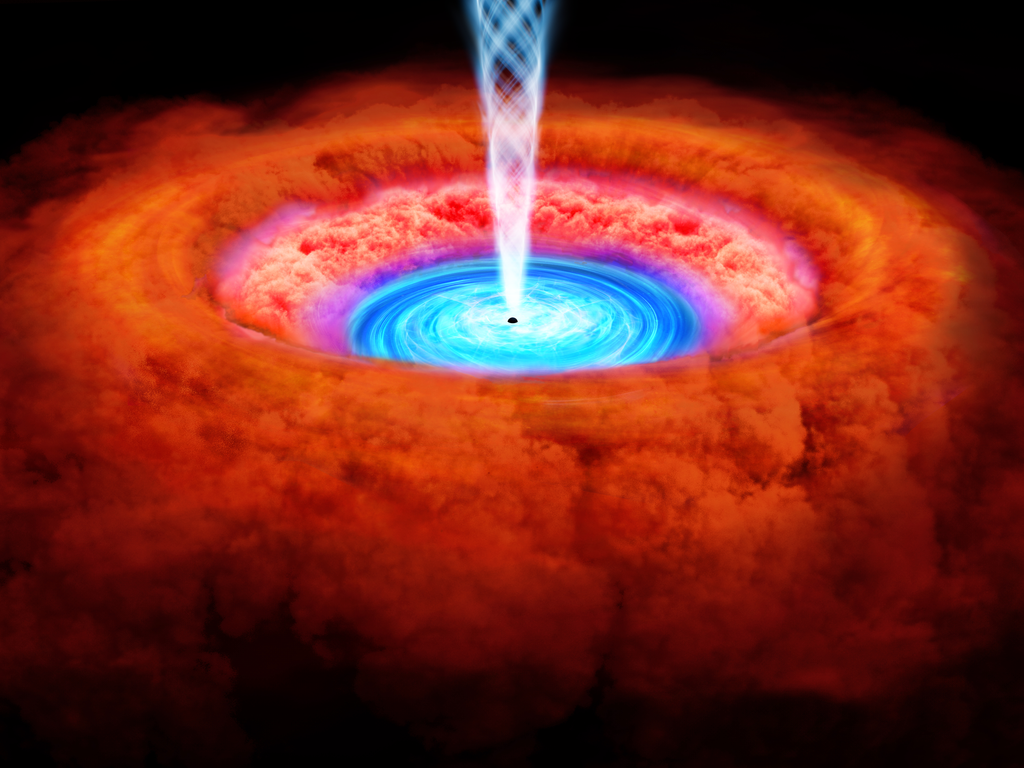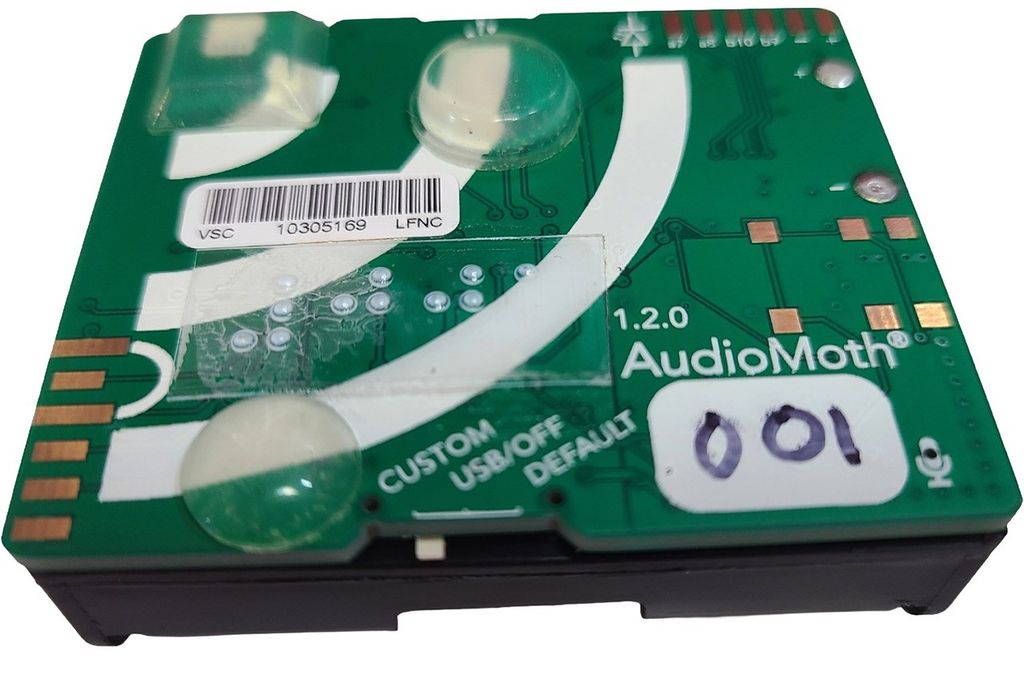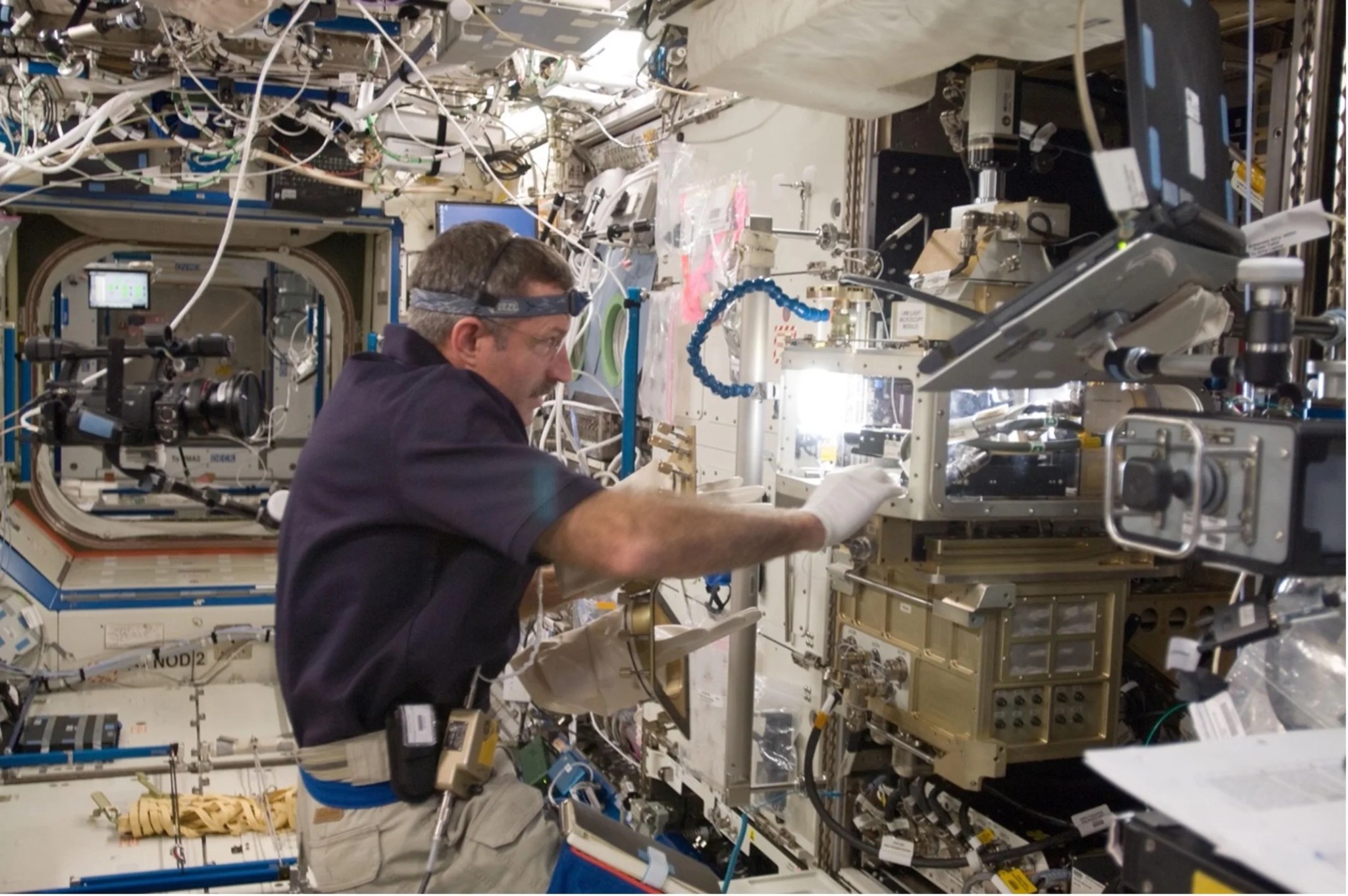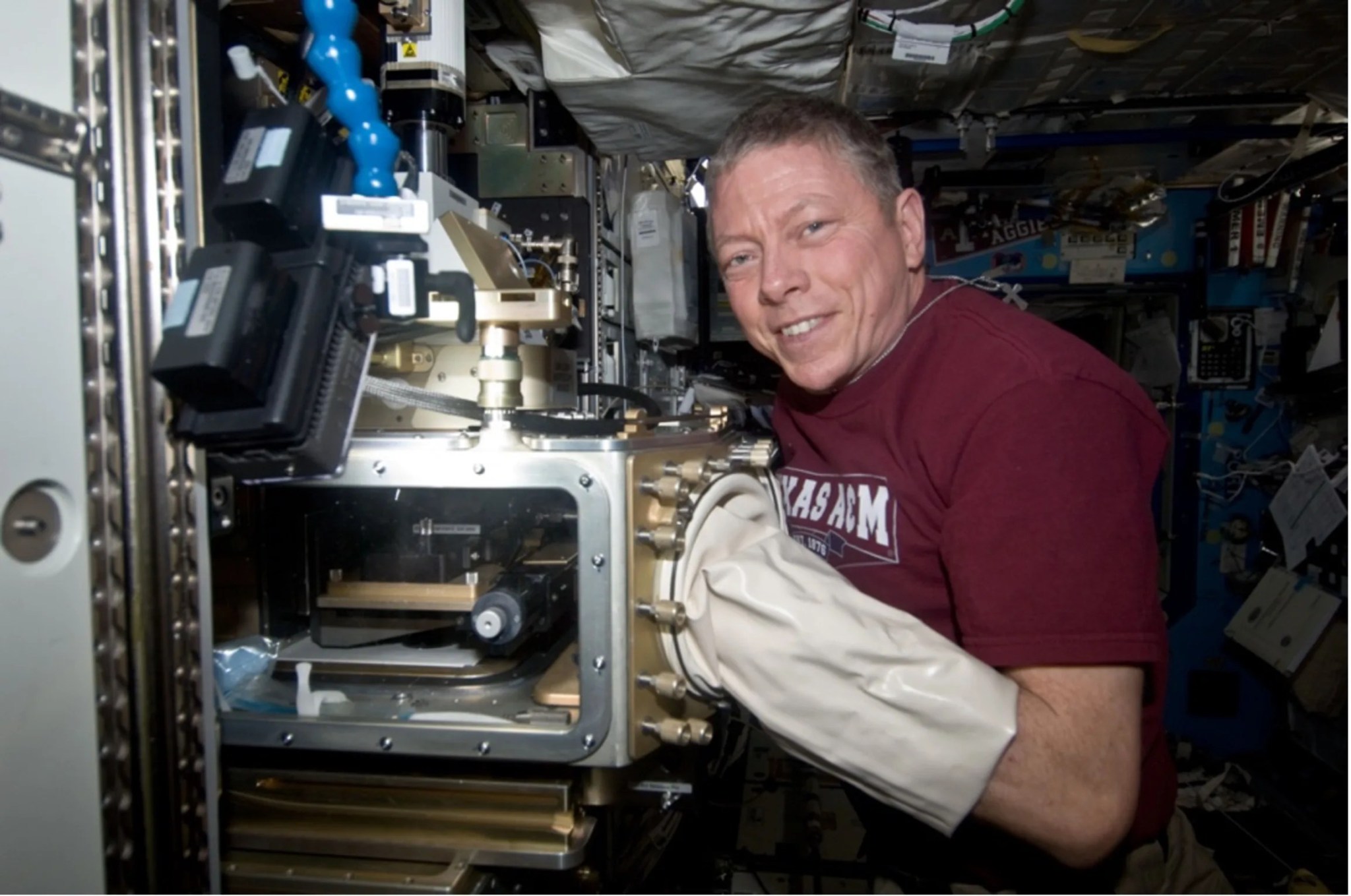Preliminary Advanced Colloids Experiment: 100X Oil Test Target (PACE)
Science Objectives
Preliminary Advanced Colloids Experiment (PACE) is a technology demonstration, which sets the stage for the Advanced Colloid Experiment (ACE), by testing the Light Microscopy Module (LMM) in the International Space Station (ISS) environment. PACE establishes the capabilities of the LMM that are used for high resolution image magnification in ACE.
Status
The experiment has concluded, and science is being evaluated.
Experiment Description
The data collected from Preliminary Advanced Colloids Experiment (PACE) ensures and optimizes the success of the Advanced Colloids Experiment (ACE). PACE determines which Light Microscopy Module (LMM) magnifications are usable before external vibrations blur the images. Both air and oil immersion microscope objectives (at 50x, 63x, and 100x magnifications) are used along with a microscope test target. The test target is used to resolve target images at different magnifications while operating with the vibrations that exist in an International Space Station (ISS) environment.
Space Applications
The knowledge from PACE serves as preparation for the experimentation in ACE, which flies samples of colloid systems which serve as larger scale models of atomic systems. These samples are used to model the factors that influence phase-changes. Researchers anticipate these experiments will have a significant impact upon our understanding of fundamental physics as it pertains to how matter transitions from solid to liquid to gas.
Earth Applications
PACE sets the groundwork for ACE, which later provides important data that cannot be obtained on Earth. This data can guide our understanding of phase separation (e.g., shelf-life, product collapse), and how it competes with crystallization to impact production (e.g., when making plastics). A better understanding of crystallization and phase-change processes could have an enormous commercial impact in a wide variety of industries.




























